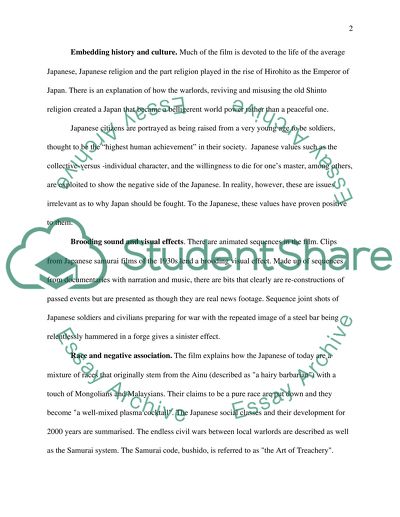Cite this document
(Media Culture and Communication Essay Example | Topics and Well Written Essays - 1223 words, n.d.)
Media Culture and Communication Essay Example | Topics and Well Written Essays - 1223 words. Retrieved from https://studentshare.org/culture/1542075-media-culture-and-communication
Media Culture and Communication Essay Example | Topics and Well Written Essays - 1223 words. Retrieved from https://studentshare.org/culture/1542075-media-culture-and-communication
(Media Culture and Communication Essay Example | Topics and Well Written Essays - 1223 Words)
Media Culture and Communication Essay Example | Topics and Well Written Essays - 1223 Words. https://studentshare.org/culture/1542075-media-culture-and-communication.
Media Culture and Communication Essay Example | Topics and Well Written Essays - 1223 Words. https://studentshare.org/culture/1542075-media-culture-and-communication.
“Media Culture and Communication Essay Example | Topics and Well Written Essays - 1223 Words”, n.d. https://studentshare.org/culture/1542075-media-culture-and-communication.


